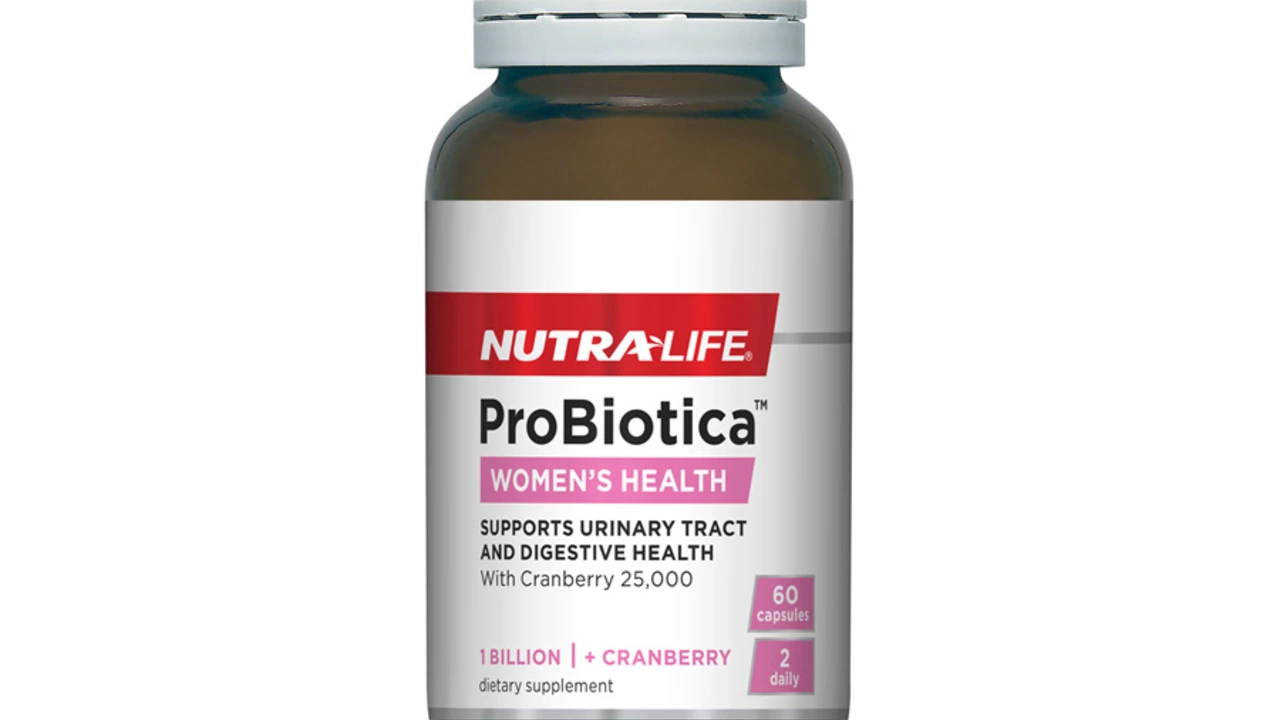In my recent blog post, I discussed the importance of gut health and how introducing Bifidobacteria as a dietary supplement can truly supercharge it. Bifidobacteria is a type of probiotic that aids in digestion, supports the immune system, and promotes overall well-being. By consuming foods rich in Bifidobacteria, like yogurt and fermented foods, or taking supplements, you can significantly improve your gut health. I highly recommend incorporating this essential dietary supplement into your daily routine. Trust me, your gut will thank you!
Bifidobacteria — what they do and how to boost them
Ever wondered which gut bugs actually help you feel better after a meal? Bifidobacteria are some of the most helpful bacteria in the colon. They help break down certain fibers, support your immune system, and produce compounds that feed your gut lining. Small changes to your diet and the right probiotic can raise their numbers and ease issues like occasional bloating or antibiotic-related diarrhea.
How to boost bifidobacteria naturally
Food first. Bifidobacteria thrive when you feed them the right stuff: prebiotic fibers. Eat more oats, bananas (especially slightly green), onions, garlic, leeks, asparagus, and cooked-and-cooled potatoes or rice (resistant starch). Fermented foods can also help maintain a diverse microbiome—yogurt, kefir, and some types of sauerkraut or miso are good choices. If you avoid dairy, look for dairy-free kefir or fermented vegetables.
Consistency matters. Daily habits beat occasional extremes. Add a high-fiber breakfast (oats + banana), use garlic or onions in cooking, and aim for several different fiber sources across the week.
Picking a probiotic supplement
If you want a supplement, look for products that list Bifidobacterium strains by name—B. longum, B. bifidum, B. lactis (sometimes listed as Bifidobacterium animalis subsp. lactis), and B. infantis are common and well-studied. A typical over-the-counter dose is 1–10 billion CFU per day for general support; clinical situations sometimes use higher doses. Choose a product with transparent labeling, a clear expiration date, and storage instructions. Refrigeration is helpful for many bifidobacteria formulas, though some shelf-stable options exist.
Timing: take your probiotic with a meal or just after eating. Food buffers stomach acid and increases the chance bacteria reach the colon alive. If you’re using antibiotics, start the probiotic either a few hours after each antibiotic dose or wait until the antibiotic course is finished—both approaches are common. If you plan to take probiotics during antibiotics, pick a different time of day to reduce direct interaction.
Who should be careful? Most healthy people tolerate bifidobacteria well, but people with severe immune problems, central lines, or recent major surgery should check with their doctor before starting any live bacterial supplement. Minor side effects like increased gas or mild bloating can appear for a few days as the microbiome adjusts—these usually pass.
Practical checklist: pick fiber-rich foods, try a named bifidobacteria supplement if needed, store it as instructed, take with meals, and talk to your clinician if you have a serious health condition. Small steps add up—boosting bifidobacteria isn’t about one miracle product; it’s about simple daily choices that help your gut work better.

